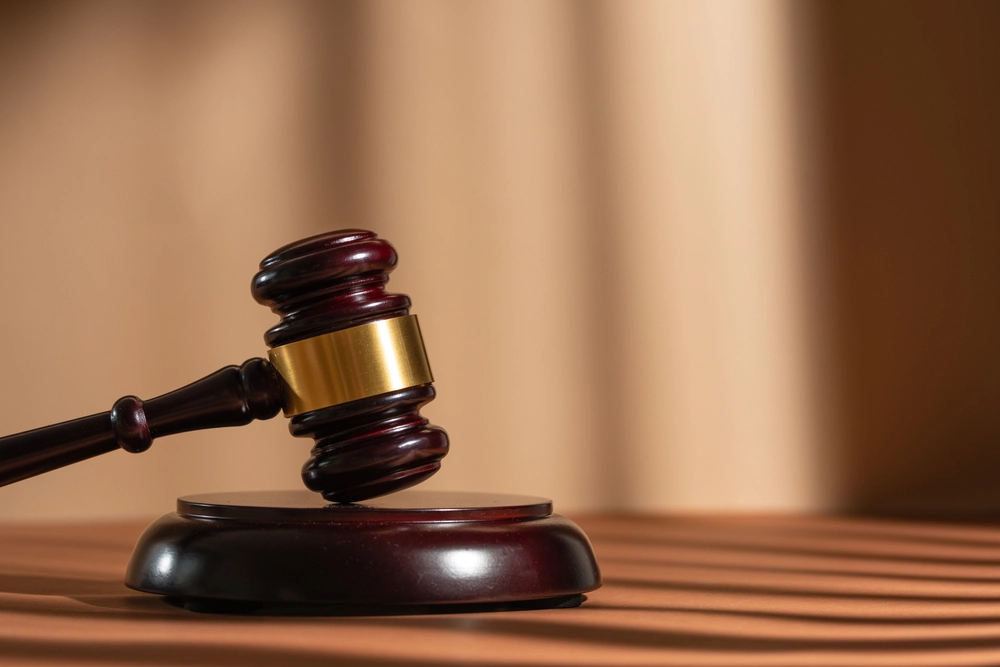
Professional negligence: the basics of a claim

What rights do you have when the auditors or solicitors of your business have made a mistake which has caused the business to incur a loss? What if the business has loaned money on the basis of a valuation which transpires to be grossly over-inflated? In situations such as these, you may be able to bring a claim in professional negligence.
Here, we outline the basic requirements to bring a successful claim against a professional for failing to perform his or her duties to a required standard.
In recent years, the number of professional negligence claims has grown substantially. People have become less accepting of their professional advisers and more aware of their ability to bring professional negligence claims. However, recent changes in funding options have caused challenges to claimants wishing to bring cost free claims.
The basic requirements for professional negligence claims are:
- A duty of care needs to be owed by the professional to the claimant
- That duty of care needs to have been breached
- Damage needs to have occurred as a result of that breach
Duty of care
A professional can owe a duty in contract (for example an accountant is engaged to provide tax advice) or he/she can owe a duty under the law of negligence (for example where beneficiaries to a Will complain that the Will was not properly drafted by a deceased's former solicitor). Often the duty is owed in both contract and in tort.
A professional does not necessarily owe a duty of care to every class of person who is affected by their actions. The Courts are keen to restrict the duty to a reasonable body of people so as not to open the floodgates for claims to come from unforeseen areas. The Court will look at the following criteria:
- How close the relationship was between the professional and the claimant; if it was too remote then no duty would exist
- Whether the damage incurred was foreseeable; if it was too unlikely then no duty would arise
- Whether it is just and reasonable in all the circumstances to impose a duty
The test above was set out in the case of Caparo Industries plc v Dickman & Others [1990] UKHL2 which concerned a claim by the purchasers of shares (Caparo) in a company called Fidelity Plc of which Dickman were the auditors. It was found by the House of Lords that it was unreasonable for the auditors to owe a duty of care to prospective purchasers of shares in a company. This was because the purpose of an audit is to comply with statutory requirements as opposed to assist prospective shareholders.
Other tests have also developed since Caparo for assessing the duty of care, such as whether a professional has assumed responsibility to a party. In Royal Bank of Scotland v Bannerman [2005] CS1H39 (a case with similar facts to Caparo save that the claimant was the company's bank), the Court distinguished the decision in Caparo by finding that the company's auditors (Bannerman) knew that the company's bank was going to rely on the audit and therefore assumed responsibility to it.
Breach of duty of care
Once a duty of care has been established a claimant must show that there has been a breach of that duty. Put simply, it is necessary to show that no reasonable member of the profession would have acted in the same way. This gives the professional a certain amount of leeway when advising, for example a mere error of judgement is not alone sufficient to bring a claim.
If a professional is holding themselves out as a specialist in a certain field then the standard of care will be raised to that of a reasonably competent professional with that specialist skill. So where the claim is against a specialist structural surveyor, the standard expected from that surveyor will be that of a structural surveyor rather than a general surveyor.
Resulting damage
Very often this area is not looked at sufficiently when proceedings for professional negligence are brought. Rather, it is just presumed that any loss must be a result of the breach of duty. This can be far from the case. If it can be shown that the loss would have happened notwithstanding the professional's breach of duty, then there is no causative loss. Conversely if it can be shown, for instance, that a surveyor failed in his/her approach to a valuation, but the value is not in itself wrong, then there is no claimable loss.
One of the leading cases on causation in this area is South Australia Asset Management Company v York Montague Limited [1997] AC 191 (known as SAAMCO). Here the Court distinguished between where a professional provides information (such as providing a valuation report) which assists in the making of a decision about whether to enter into a transaction and a professional who provides advice as to whether to proceed with the transaction or not. If it is the former (known as a non-advice claim), the professional would only be liable up to the difference between the correct value of the property at the point of valuation and the valuation provided (the SAAMCO cap). So, for example, there can be no claim for a drop in the property market. The SAAMCO cap has led to a very significant drop in the amount of damages awarded against professionals, particularly surveyors.
Summary
The three issues outlined above are not distinct and often overlap causing difficulty in producing clear and consistent legal doctrines that can be applied to all cases. Specialist legal advice should be sought when relationships with professional advisers go wrong. Any intended claims will need to follow the Professional Negligence Pre-Action Protocol before proceedings can be issued and settlement is often achieved during this process.
This is the first in a series of articles which will explore these three issues (and other important linked issues concerning professional negligence claims) in more detail as well as practical aspects such as funding and payment.
For advice or guidance, please contact me on +44 (0)1752 675078 or email [email protected]













